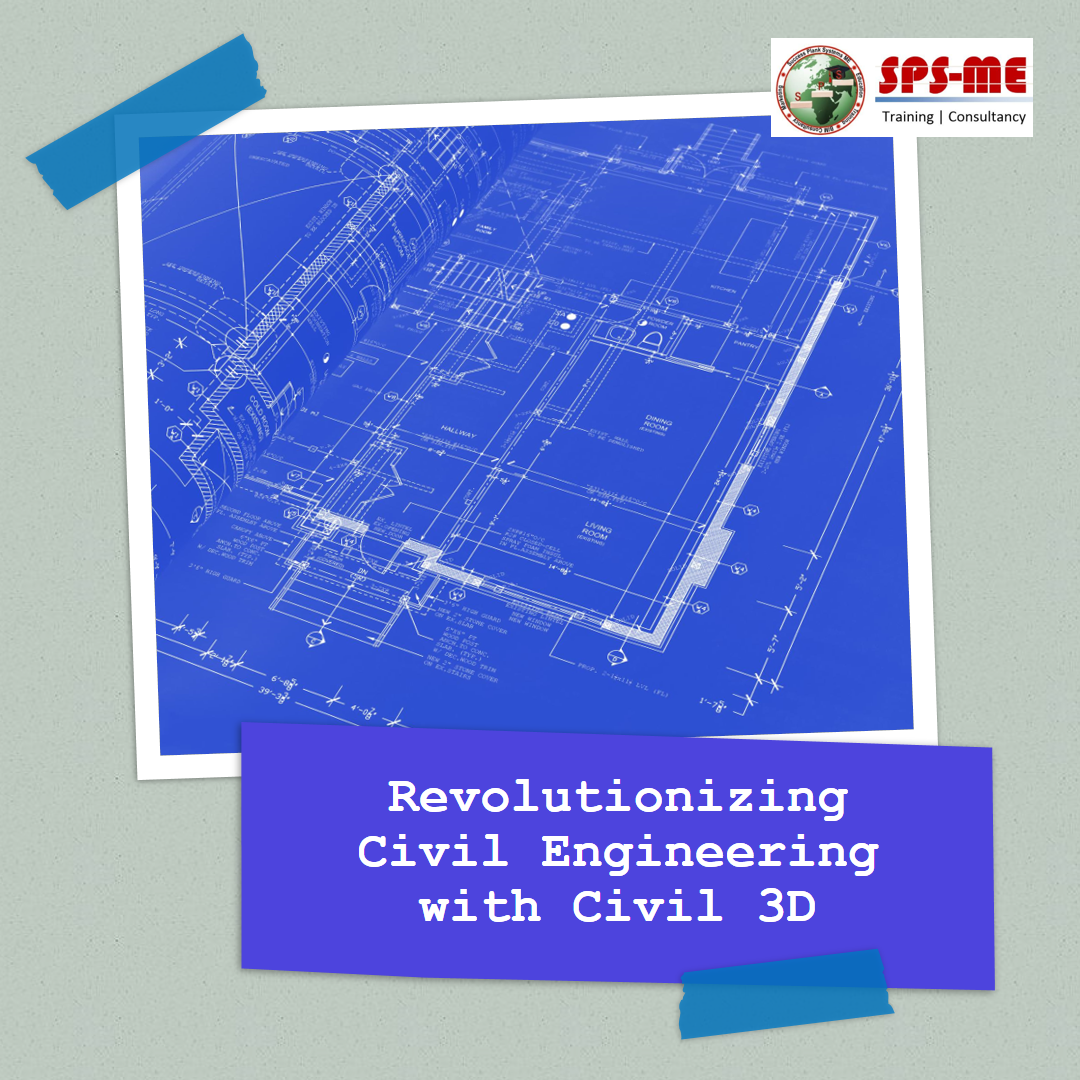Exploring the Power of Civil 3D: Revolutionizing Civil Engineering

This is the perfect realm of precision, accuracy, and efficiency for both civil engineering and infrastructure design. The best suitable software solution, brought to us by Autodesk in this context, would be Civil 3D. Civil 3D today transcends mere drafting; rather, it has already evolved to offer an integrated platform endeavoring at a foundational transformation of what how engineers and designers both conceptualize and actually implement their conceptual design through the usage of its tools.
More on Civil 3D:
Built over the AutoCAD platform, yet not just an everyday 3D drafting tool, but an application with all features and capabilities meant to meet distinct challenges by a variety of civil engineers, surveyors, designers, and other professionals. At its core, it is an application for design, analysis, and visualization by civil infrastructure projects that deal with several elements such as roads, highways, drains, and many more across the field area. Key Characteristics and Functionalities:
Dynamic Design Functionality: This is, without a doubt, one of the key reasons why Civil 3D has been selected for this project. The functionality dynamic design offers is very powerful. The software enables an engineer to produce intelligent, 3D models of dynamic updating following any change in design. This innovation has the potential to ease the process of creation for identical life cycles of the project and ease the process of design revision.
Terrain Modeling and Analysis: Detailed modeling of terrain can be made by the user from the existing survey data or point clouds with the help of Civil 3D. It requires thorough investigation of the terrain for where to cut and to fill including slope calculations, optimization of earthworks, thus leading to cheapened designs with reduced costs.
Alignment and Profile Design: Designers are equipped with Civil 3D software for designing alignments and profiles for all road and highway projects and all linear design projects. This software includes powerful tools for creating horizontal and vertical alignments; it also allows the rapid building of cross sections and corridor models for reliable design data.
Hydraulic and hydrologic analysis: This software provides hydraulic and hydrologic analysis tools to aid in stormwater management, culvert design, and floodplain mapping. Engineers are able to make better assessments with least input to bring out design change simulations effects, then finally attain drainage layout optimized for minimal impact regulation compliance.
Documentation and Collaboration: The software supports the production of plan sheets, sections, and quantity take-offs directly from the model. Basically, the design is produced very speedily. It supports collaboration within the project by collecting cloud-based workflows, enabling access to project data and associated structures. This relationship supports better coordination and communication with everything in real time.
Benefits of Civil 3D:
Higher Productivity: Civil 3D boosts engineers’ productivity and efficiency significantly by permitting automated repetitive tasks and tools to create the best productive yet simple and intuitive design, which allows more time for innovation and problem-solving. More accuracy: Designing and analysis is free from contradictions and errors in design which would have otherwise resulted from manual drafting since Civil 3D is basically built on intelligence and data.
Better Visualization: The visual capabilities of Civil 3D allow engineers to create powerful 3D models, photorealistic renderings, and even better ways to communicate more effectively with clients, stakeholders, and regulatory bodies. Better Decision-Making Process: Through real-time data and the analysis tools at disposal, an engineer is able to make quite informed choices throughout the process of design and construction, which is more or less a sure way for the succession of projects.
Conclusion:
In conclusion, Civil 3D represents a paradigm shift in the field of civil engineering, empowering professionals to tackle complex design challenges with confidence and precision. Its comprehensive feature set, coupled with its user-friendly interface and robust collaboration capabilities, makes it an indispensable tool for engineers and designers worldwide. As technology continues to evolve, Civil 3D will undoubtedly play a pivotal role in shaping the future of infrastructure development, driving innovation, and transforming the way we build the world around us.



Leave a Reply
Want to join the discussion?Feel free to contribute!